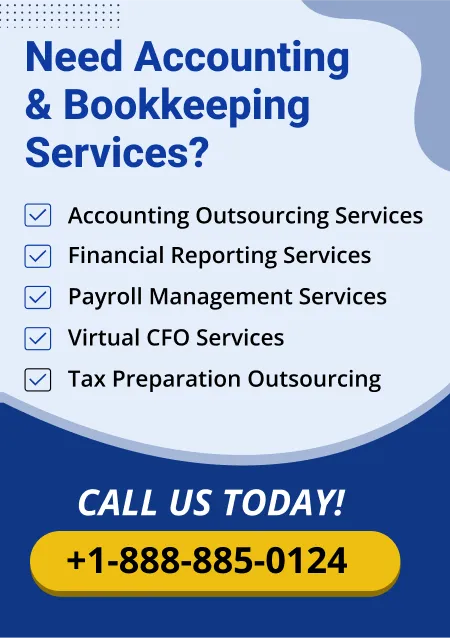The operating profit margin is a crucial indicator for small businesses. It aims for a range of 10-20%. But, these benchmarks can vary across industries. Understanding and applying these industry-specific profit margin benchmarks is crucial. It also allows you to assess your business's standing. After all, it makes informed decisions, too. This article will guide you through proven strategies to boost your margins, from increasing sales revenue to slashing operational costs.
Understanding Net Profit Margin Benchmarks for Small Businesses
A profit margin of 10-20% is expected for small businesses. This range often covers expenses like overhead and wages. It provides a cushion for unforeseen costs. Understanding your profit margin is not just a number. After all, it is a powerful tool that can guide your business decisions. Thus, it leads to sustained growth and success.
Service-oriented businesses, such as consultancies and digital marketing firms, can often afford higher profit margins. The typical range for these businesses falls between 20-30%.
Evaluating If 30%, 40%, or 50% Profit Margins are High
Regarding a company's gross profit margin beyond the standard benchmarks, looking at industry-specific contexts is essential.
Is a 30% Profit Margin High?
A 30% net profit margin formula is traditionally potent, particularly in service sectors. It's not just a number On a page; it's a testament to the efficiency and strength of your business. With the right strategies and dedication, you can achieve this and more.
Is a 40% Profit Margin Good?
Achieving a 40% margin is impressive. It’s often associated with industries like information technology and other high-value service sectors. “We see 40% in sectors dealing with intellectual property or specialized skills,” notes Forbes. High perceived value and low direct and indirect costs contribute to this success.
Is a 50% Profit Margin Realistic for a Business?
A 50% profit margin is a rare feat, typically seen in niche markets such as software or digital products. This high margin is made possible by factors such as scaling and minimal variable costs. Understanding these conditions can provide a realistic perspective for small business owners, helping them set achievable financial goals and make strategic decisions for growth and sustainability.
Industry-Specific Profit Margin Expectations for 2024
Service-Based Businesses
In 2024, service-based businesses, like consulting and therapy, continued to capitalize on low overhead costs, typically seeing gross profit margins of between 20-30%. The focus on digital transformation throughout the last year allowed these businesses to expand their reach without significantly increasing operating expenses. Experts often attribute the success in these sectors to flexible remote work models and digital service offerings. Understanding key cash flow indicators for small businesses is essential to ensure sustained success.
A Year in Review:
Many companies began the year by adopting more digital tools, harnessing their scalability to bolster efficiency and minimize costs. This trend was further accelerated by the need for consultants and therapists to meet demand in rapidly growing industries, such as tech startups and mental health services.
As the use of digital services grows, service-based businesses should continue embracing technology to maintain these healthy profit margins. Approaching 2025, investing in automation and AI would be a smart move to stay competitive.
Retail Businesses
Retail businesses experienced diverse outcomes on average profit margins in 2024, with margins ranging from 5-15%. The key factors influencing these net profit margins vary, including product type and inventory turnover. High competition areas like fashion felt the pressure, as consumer expectations continued to drive down margins and demand rapid changes in product lines.
A Year in Review:
Retailers faced supply chain disruptions early in the year, pushing them to optimize inventory management strategies. Technologies like RFID and real-time inventory software became more commonplace, setting the groundwork for improved efficiency.
Retailers should invest in agile e-commerce capabilities while maintaining efficient stock management. These approaches will help counterbalance the weight of operational costs and fierce market competition.
Tech Companies
Tech companies enjoy regular profit margins exceeding 40% due to their scalability and lower incremental operating costs. The software and digital services sectors have effectively harnessed these advantages over the past year to boost profitability.
A Year in Review:
The start of the year saw tech companies doubling down on scalable cloud-based solutions, enabling them to control costs better while reaching more clients. This move paved the way for new revenue streams and increased customer retention.
Understanding the nuances of profit margins in different sectors is crucial for businesses. It allows them to strategize effectively and respond to market demands, maximizing operating profit margins. Businesses can thrive in the next 12 months and beyond by responding to operational needs and market demands.
Closing Remarks
Balancing net and good gross profit margin between margins and industry expectations can seem tricky. Aiming for 10-20% is good but varies across sectors. Increase sales, cut costs, and get tech-savvy; these strategies boost your bottom line.
Fino Partners provides the full spectrum of consulting, calculation, and compliance. In Fino Partners, your entire process is managed by seasoned professionals. Experts with collective tax knowledge do it from start to finish. Get in touch to work with a transparent company with the expertise to take sales tax off your plate.
If you’re curious for more information on these, Contact us today!



























